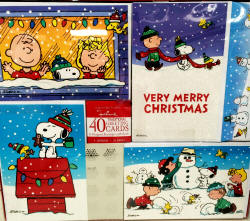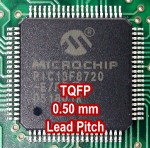The Great Christmas Card Glitter Conspiracy |
|
The Christmas card industry might be fooling most people, but they ain't foolin' me! This season's level of glitter-shedding cards is at an all-time high, which serves to confirm conclusively what I have suspected for years - the Christmas card companies and the computer companies are in cahoots to see to it that there is plenty of that colorful, electrically conductive material spread around to guarantee it will get sucked into computers with forced-air cooling to land on and short out circuits! That's right, it simply cannot be a coincidence that the sales of notebook and desktop computers rises markedly each year between Thanksgiving and Christmas.
You might think I've gone off my rocker, but each day as we open reciprocated Christmas cards, I have been witnessing levels of glitter everywhere that I had never noticed in previous years. A quick check of the country of origin shows that nearly all were made in China (what isn't these days?). However, given the latest international incident with North Korea and its cyber attack on Sony Pictures, I'm calling for a Congressional investigation into whether a wave of gray market Christmas cards has flooded the market this year. Sorry to seem like the Grinch, but I feel it's my duty to alert you to potential acts of technological sabotage. Merry Christmas!
Posted December 23, 2014 |

